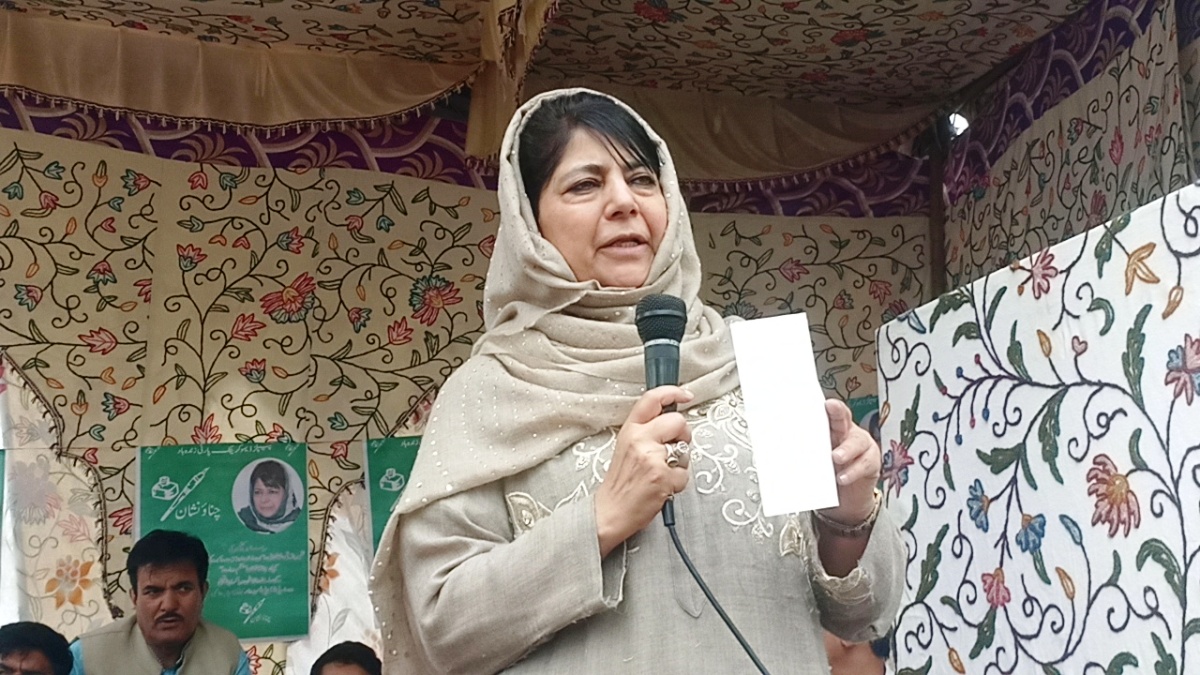Dr Sirfaraz Ahmed Dar
SRINAGAR
Darbar Move is the name given to the bi-annual exercise of shifting the secretariat and all other state level Government offices affiliated to it from one capital city to another in the State of Jammu and Kashmir. It involves housing offices from May to October in State’s summer capital-Srinagar and rest six months from November to April in its winter capital,Jammu.
Historicity Sultan Muhammad Tuglaq was the first ruler of this country who introduced the idea or practice of shifting capital from one place to another. This experimental practice was initiated but failed with strong opposition that was started during Muhammad Tuglaq rule in 1325-1351. The Sultan wanted to maintain both Delhi and Daulatabad as his capitals because both were more centrally located. The new capital had its strategic value as it was safe from Mongolian invasions which constantly threatened Delhi .The Sultan also did his best to make Daulatabad a suitable place for his offices and the people. A regular postal service was established between Dehli and Daulatabad. All facilities were provided for those who were required to move to Daulatabad. A broad road was constructed for their convenience, shady trees were planted on both sides of the road still large number of people died because of rigorous travelling and the scorching heat. However, when the people of Delhi hesitated to shift to Daulatabad, the Sultan got annoyed and he ordered all the people of Delhi to proceed to Daulatabad with their belongings. Sources say that even a blind man was dragged from Delhi to Daulatabad till 1351 AD.
Mughals were perhaps the second rulers of this country who introduced the practice of temporary shifting of Emperorship to Kashmir for summer season in order to escape the unbearable heat of the plains. Jahangir was very fond of the scenic beauty and the pleasant climate of Kashmir, which he admired as “Paradise on Earth”. His visits to Srinagar became a yearly routine. The shifting from Agra to Srinagar used to take more than a month each way and it has been described as “a city on the move”. The Emperor’s routine comprised several thousand laps forged from one tented camp to another covering about 30 kilometers a day. Each tented camp was a self contained city with all amenities of life available at that time. The only consideration of this move was the Emperor’s pleasure. Expenditure administrative requirements or time taken hardly did not matter for them. Of course the economy of the region on the line of march got a boost and to an extent that the people benefited from it, till Jahangir’s period.
During the British rule in late nineteenth century was introduced the practice of the capital moving to the hills for the summer period. Thus we had the concept of summer and winter capitals for the Central and State Governments. Initially, India’s winter capital used to be in Calcutta and the summer capital at Shimla. This was also the pattern in the provinces, each having its winter and summer capitals. Bombay Presidency did better. It had a winter capital at Bombay (now Mumbai), summer capital at Mahabaleshwar and monsoon capital at Poona. It is interesting to know that when the practice of shifting to summer capitals started, the then Secretary of State for India questioned the necessity for it because of the heavy economical expenditure involved in these moves. Those were the days when air conditioners/coolers had not been even heard of and the British found the summer heat of the plains much too oppressive. The Viceroy justified the expenditure involved in the annual move from Calcutta to Shimla on two counts. Firstly, the output of work at Shimla was almost double than in Calcutta’s sweltering summer, Secondly, Calcutta was at one end of the Empire and far remote from the North West Frontier, which required close supervision for strategic reasons. Apart from dealing with turbulent tribesmen, the requirements of the great game of that time, to counter Czarist expansion, had to be kept in mind. The necessity for move to summer capital was accepted by the British Government. However, during the Second World War, this practice was suspended as a measure of economy and after Independence of India it was abandoned.
In Jammu and Kashmir, the practice of move to a summer capital Srinagar was introduced by Maharaja Gulab Singh in 1872. At that time this could have been a need to meet people’s aspirations and also to escape from harsh weather conditions when technology was not that much advanced. But in the present era this is a total waste of money when we have so many alternatives available and also have so many issues to think about and deal with where this money could prove to be a great asset. In January 1987, the then Prime Minister – late Rajiv Gandhi visited J&K. He was accompanied by Dr.Farooq Abdullah, the then Chief Minister of J&K. Due to bad weather heavy snow fall put the normal life out of gear in the valley besides disrupting all modes of traffic. Rajive Gandhi was stranded in Kashmir when the Headquarter of the state Government (Darbar) was in Jammu. He felt it very serious and asked Dr.Farooq Abdullah to take a fresh review of this age old practice . To initiate the process on this issue the Government constituted a committee headed by Shiekh Ghulam Rasool the then Chief Secretary, as its Chairman and two experienced bureaucrats – Mohammad Shafi Pandit and Shushma Choudhdry as its Members. A sound report was accordingly submitted to the Government by the committee known as “Darbarmove The Reality” keeping in view all pros and cones of the system. While considering the recommendations of the committee, the Government in the first phase bifurcated some state level offices and are functioning smoothly at their respective divisions to the entire satisfaction of their employees in general and common people in particular. But unfortunately before taking next step some vested interest persons/groups gave it a shape of agitation in Jammu region only with the result no action was taken further. However the following personal suggestions were issued.
Ex chairman PSC M S Pandit believes that Move can be rationalized, if abandoning was a problem. Recently, in this background, Chief Minister – Omer Abdullah rightly studied this issue and expressed his personal opinion. “There should be reverse darbar move so that the Government is with the people when they are facing hardships”.
Now when the whole world turned into a Global village by advancement of digitalization this anachronistic practice of darbar move needs to be reviewed keeping in view the aspirations of the general public of both the regions.
Note:
(Author is the Assistant Director State Gazetteers Department. He can be reached at [email protected])















